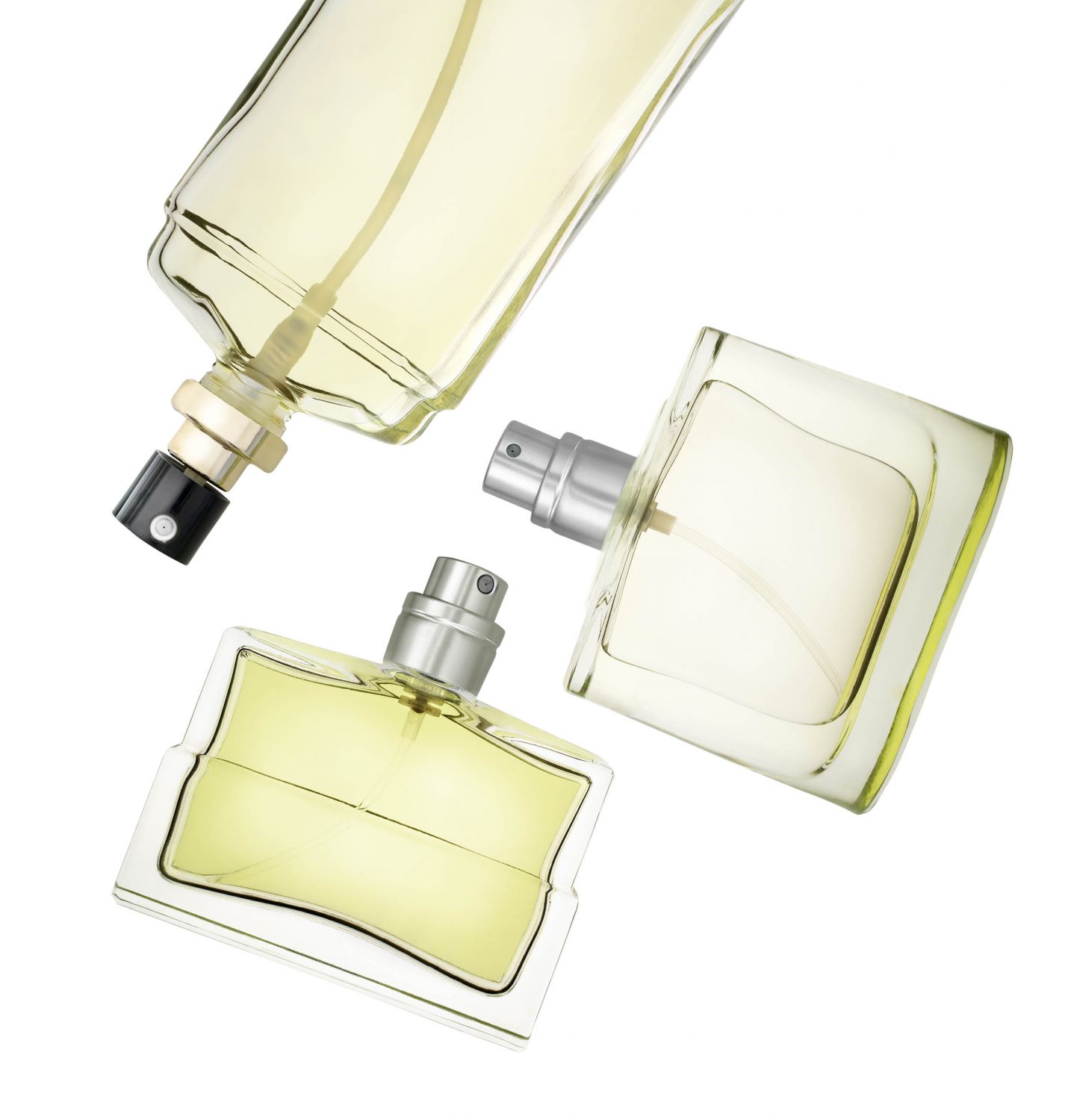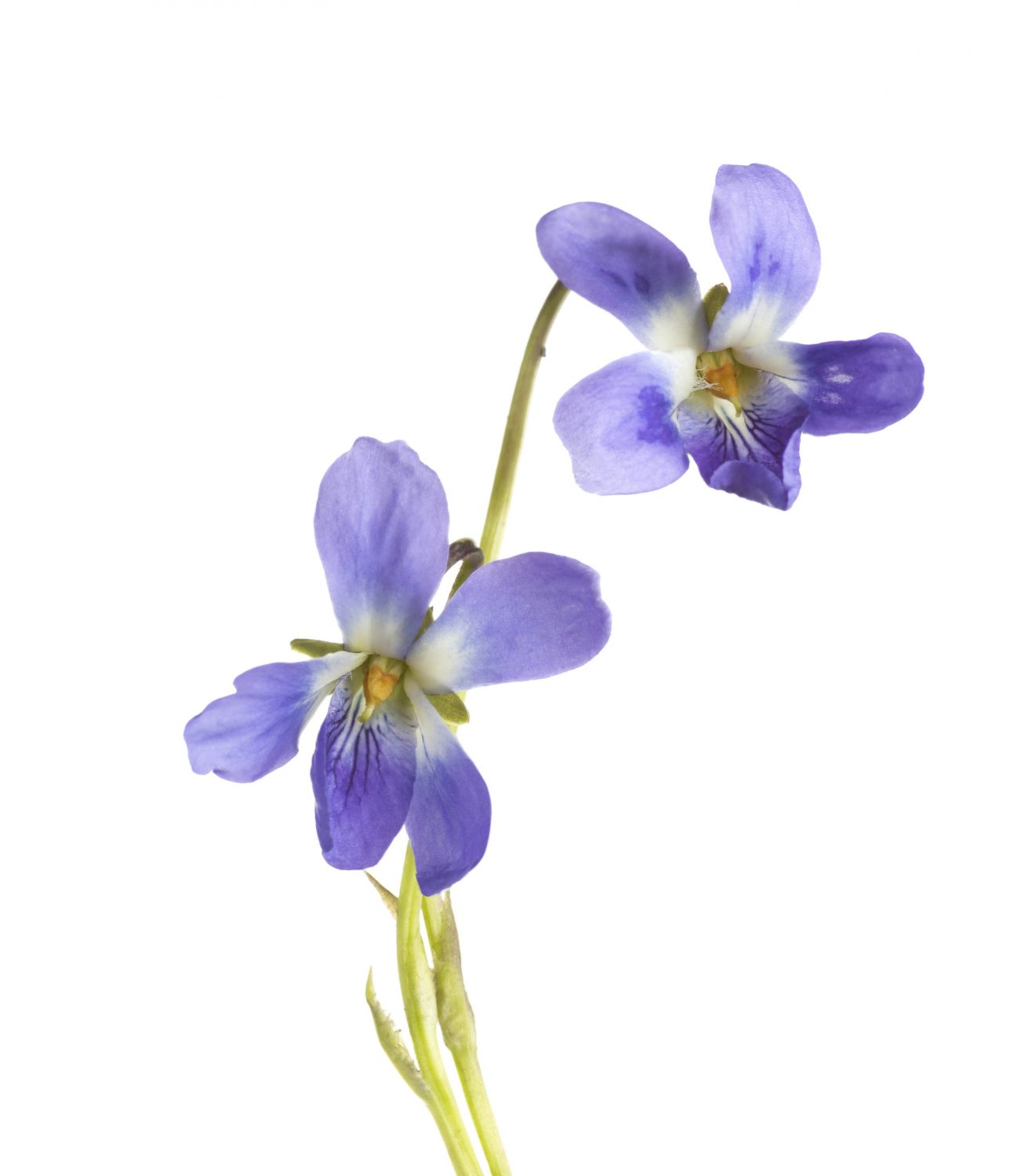Maximise on fragrance with Sue Whigham’s sweet-smelling picks

So what are aromatic plants and how do they differ from plants with fragrant flowers? Yesterday, I layered up and meandered out into the garden in a search for any aromatic plants that have been brave enough to lift their heads above the parapet (it is the first week in March as I write). And whilst it was bracing down at Rye Harbour in the morning, the chill seemed magnified in the afternoon. It could be because we are about 50 metres above sea level and perfectly placed to be exposed to the sharp winds which seem to hit us from every direction. It’s a miracle that a brand new trampoline didn’t take off as so many others did during Storm Eunice. Was that the one? Three storms seemed to roll into each other.
Anyway, to aromatic plants. They are those which contain aromatic compounds; essential oils that become ‘volatile at room temperature’. They tend to be highly concentrated and are found not only in flowers and leaves of a plant or tree but in their seeds, twigs, wood and bark as well as in their roots. Many of them have medicinal properties and have been used for centuries in all manner of potions. Think of lavender and its myriad uses.
On the more domestic level I did find one or two little treasures in flower even at this early time of the year, the first one being Viola odorata, known also as sweet violet, wood violet, English violet or garden violet. There’s a large patch in amongst the hellebores which I’ve never paid much heed to and little pieces under an old hedge; perfect conditions for this little plant.
In the early 1880s through to the 1940s, sweet violets were sold in bunches in London and in European cities like Paris. Not only are the little violet flowers strongly scented but they are complemented by clusters of heart shaped leaves which would make a fragrant ground cover under roses or in the front of a bed. The flowers and leaves are edible and can be used in salads and syrups, on cakes and in Champagne. Looking at the flowers closely, you can see that they are five petalled with one petal looking like a little tongue at the bottom of the flower. They are very distinctive.
Close by the sweet violet and happy in partial shade too, the soft fronds of a particularly gentle umbellifer have just begun to appear. This is sweet cicely, a member of the celery family. Myrrhis odorata is a perennial that spreads itself around in a non obtrusive way. It is easy to distinguish from cow parsley which comes into flower at the same time in that it has distinctive white flecks on some of its leaves and best of all, a strong aniseed scent. Its long and distinctive seeds are very attractive and tasty ‘in the green’. They go a dark brown as they mature. Try the leaves in a salad whether it be fruit or vegetables or in omelettes and stews.
The third plant which I’ve found on my brief and chilly ‘aromatic plant hunt’ are a few cowslips (Primula veris). It’s interesting to see that some, on richer soil, are already in full flower, and those in the field have only just begun to show a small rosette of leaves but I suppose that there they have more competition from the grass. In Spain their leaves are used in cooking for their citrusy flavour and traditionally they were picked on May Day to be used in garlands. There is something very special about cowslips and they have always been synonymous with spring and with Easter. As the flowers appear from one side of their stem they resemble a set of keys and it was said that ‘cowslips grew where St. Peter dropped the Key of Earth’.

Melissa officinalis deserves more respect than it gets in my opinion. It finds itself somewhere to live just where you think you don’t want it to be. Actually it has a strong set of roots and making itself at home is obviously in its genes. But lemon balm with its lemony scented leaf and small, nectar filled flowers is worth having as not only is it a fabulous plant for beneficial insects but it can be used in all manner of ways. This plant’s name, Melissa, derived from Greek, means ‘honey bee’.
Lemon balm and bee pheromones contain some of the same chemicals and one of the ways to encourage bees into a new hive is to crush the leaves which encourages the bees in. Mosquitoes, flies and ants are repelled by the citronella scent in the leaves of the plants so encourage that plant – rather than dig it out. I can’t wait to make a brew using its fresh leaves as I’m told on good authority that its calming effect ‘can boost brain power’!
Another lemony aromatic plant is lemon verbena, Aloysia citrodora which is such a star. It’s also known by the charming name, Lemon Beebrush. This plant grows into a tall airy shrub in optimum conditions; full sun and shelter. It’s also a lovely plant to grow in a pot somewhere where you might brush past the leaves, said to smell like sherbert lemons. If you do grow it in a pot, it’s an idea to protect it in cold winters or bring it into a shed or greenhouse. Give it a prune in the spring and it’ll shoot back. I love the panicles of tiny purple/lilac flowers too. Makes a delicious tea.
Jekka McVickar recommends popping a few fragrant leaves of lemon verbena into your pocket to lift your spirits. A good tip. I’m sure that most of you know about Jekka and her vast knowledge of growing culinary and aromatic herbs. Her family-run business north of Bristol grows an enormous range of herbs and her online shop is invaluable. Some of her RHS gardens designed for the Chelsea Flower Show and other RHS shows have now permanent homes in hospitals and hospices all over the country. She runs courses for those of us who want to know more or who want to grow their own sensory gardens full of aromatic and life enhancing plants.
And we have Iden Croft Herbs in Staplehurst which was set up many years ago in what were the derelict kitchen gardens of Staplehurst Manor, now a residential care home. Opening again for the season at Easter, their themed gardens include a sensory garden, culinary herbs, a medicinal border and all things aromatic. Mail order (both seeds and plants) is now available.
You may also like
Go with the Flow
Sue Whigham shares some valuable new-to-gardening advice I’m sure that by now we should be used to the rain but I’m not entirely sure that we are. We had a dry, sunny day the other day and how everybody’s mood...
Farm Fables
Jane Howard gets to the bottom of why so many ponds have disappeared across the High Weald I have a new passion, almost an obsession, it’s about ponds. And there’s a distinct possibility I might become a bit of a...
Hedge Issues
Sue Whigham takes a meander along nature’s verdant and vital corridors Recently the BBC’s Today programme carried a feature about England’s hedgerows which created a lot of interest among listeners. On the strength of that, Martha Kearney interviewed one of...















